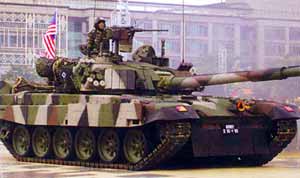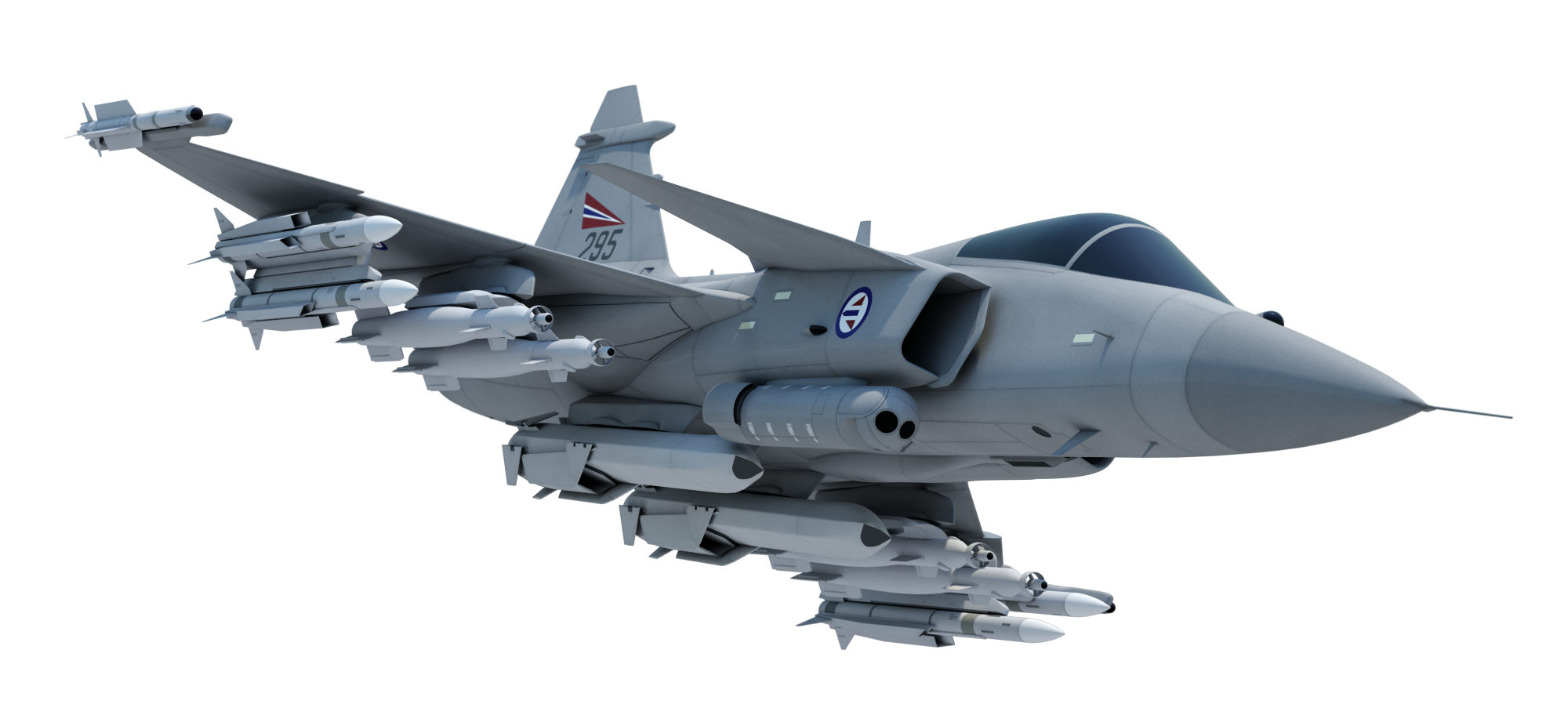In 2005, Singapore government signed a contract for 12 F-15SG with an option for additional of another 8 F-15SG (which exercised). During early tender competition, F-16E/F Block 60, JAS-39C/D Gripen, F/A-18E/F Super Hornet, SU-30 fighter family, Eurofighter Typhoon, Dassault Rafale & F-15E SE was participated.
The finalist shortlisted for the new multi-role fighter aircraft was Eurofighter Typhoon, Dassault Rafale & F-15E Strike Eagles. F-15E later chosed as the new multi-role fighter aircraft for RSAF with certain modification to suit with RSAF requirements which later known as F-15SG.
In 2007, RSAF ordered additional 4 F-15SG to make a total of 24 F-15SG.
F-15SG powered by 2 x GE F110-GE-129C afterburning turbofan engines with 29,000 lbs of thrust each engine. It's top speed is Mach 2.5 and 65,000 feets ceiling. It can carry 23,000 lbs of payload. F-15SG can bring bring medium range air-to-air missile (AIM-120C) & short range air-to-air missile (AIM-9X).
For air-to-ground / surface, it can be fitted with AIM-7 Sparrow, GPS-guided AGM-154 JDAM, JSOW, precision guided bombs, AGM-65 Maverick, SLAM-ER, Small Diameter Bombs & AGM-84 Harpoon anti-ship missile.
F-15SG was fitted with Raytheon AN/APG-63v3 AESA radar which become the first F-15 production with AESA radar outside US. AESA radar has full capability in air-to-air and air-to-ground at longer detection range. AESA radar offers 2-3 times boost in range, true simultaneously air and surface capability, agile beam capabilities which can reduced detection range by enemy aircraft, expandability (new software modes can included high band-width communication & electronic warfare, better reliability & low maintenance cost.
For surveillance & targeting, Lockheed Martin Sniper AT (Advance Targeting) surveillance & ground targeting pod was fitted (replace LANTIRN pods system normally fitted in F-15 variants). Sniper AT also become reconnaissance platform with day / night camera which can pick out small target from far away. It also can geo-locate the targets with GPS co-ordinate & attack using GPS guided weapons. Sniper AT was fitted with FLIR for sighting, tracking & ranging of targets with enhance detection range & has laser spot tracker which allows F-15SG to deliver target with precision guided weapons for day / night.
For electronics optics (EO) suites, it consists 2 pods for precise navigation & attack where navigation pod with Terrain Following Radar & Forward Looking Infra-red (FLIR) for low altitude navigation at night or any weather condition (possibly ATFLIR). It also can be fitted with laser range finder & laser designator which can be integrate with laser guided weapons (AGM-65 Maverick / Paveway laser guided bomb).
In aerial flights, IRST (Infr-red Search & Tracking) can be added which allows to detect & track objects through heat emission from enemy aircraft at long distance (using passive air-to-air detection) and to launch weapons without to operate radar which decreasing probability to be detect by enemy aircraft.
Joint Helmet Mounting Cue System (JHMCS) can point head to the target & weapon to be direct at enemy aircraft (first look, first shoot) with high of boresight capabilty. It'salso can accurately direct sensor & weapons against enemy aircraft while performing high G.
TigerEyes electronic warfare suite which integrate electronic support & countermeasure system mainly consists of warning receiver, radar jammer & chaff & flare dispenser. EWS system effectively detect, identify & counter the threat. It was also reported that F-15SG was fitted with Israel electronics & self defense system.
For communication, MIDS-LVT units which includes Link-16, all the data form F-15SG can be share with other Link-16 equipped aircraft & ground radars.





